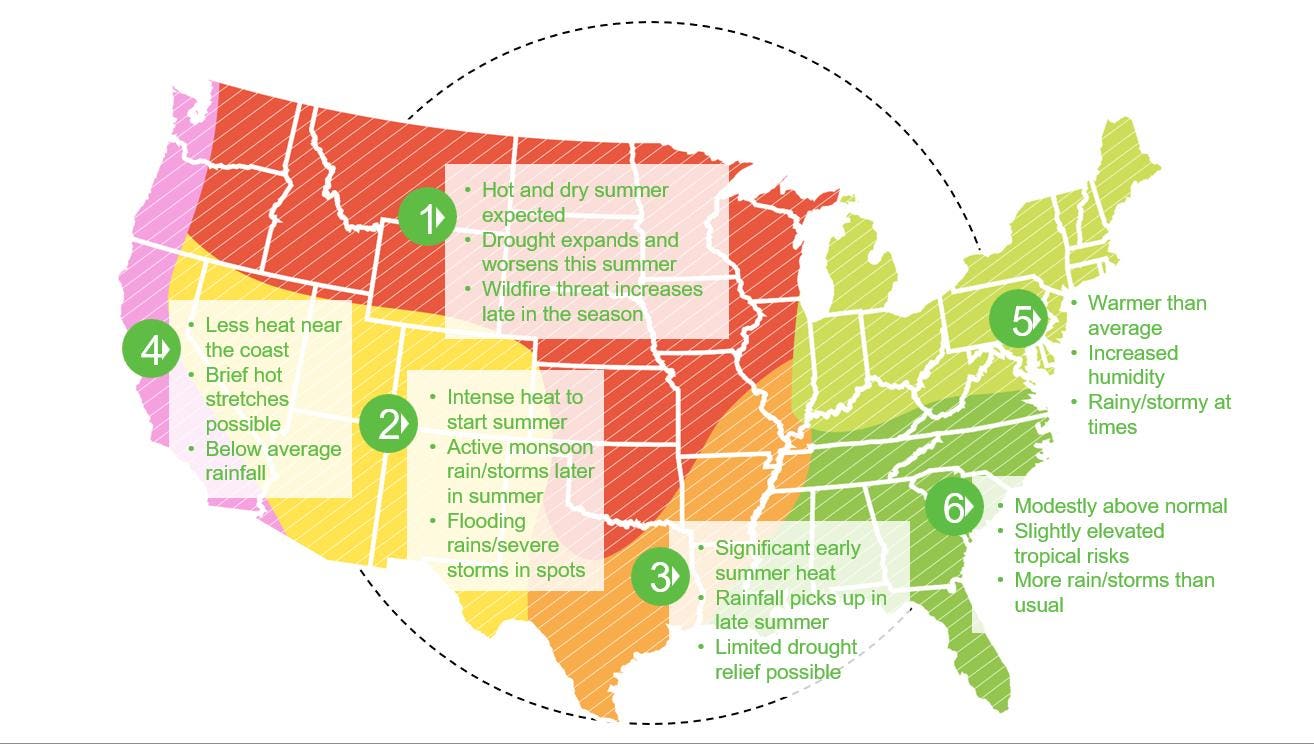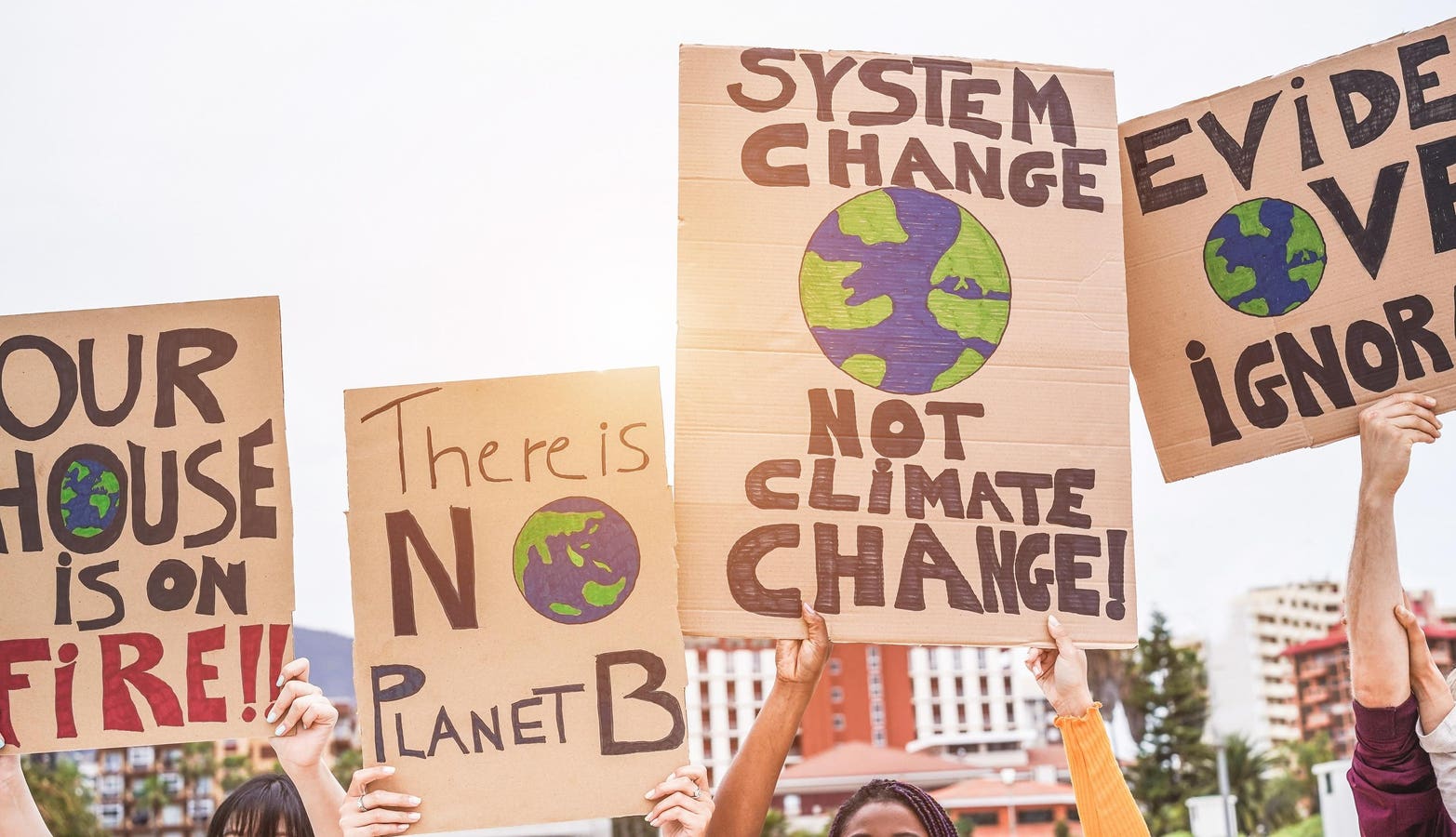Topline
A six-world parade will be on show to early rising skywatchers on Tuesday, Aug. 26. Three planets — Venus, Jupiter and Saturn — will shine brightly to the naked eye, while Mercury will make a brief appearance close to the eastern horizon just before sunrise. Uranus and Neptune are also in the sky, though binoculars or a telescope are needed to spot them. Such parades are fleeting, and this one is already beginning to fade — Mercury will vanish into the sun’s glare by next week, trimming the line-up to five.
Rare six-planet alignment in August 2025: Venus, Jupiter, Saturn, Mercury, Uranus, and Neptune stretch across the morning horizon.
getty
Key Facts
Best seen at least an hour before sunrise, the brightest members of the alignment will be Venus and Jupiter in the eastern sky. They will be about 14 degrees apart — about the width of an outstretched fist — according to When The Curves Line Up.
Mercury will be visible just above the eastern horizon about 45 minutes before sunrise. The “Swift Planet” is not easy to see because it appears below 10 degrees altitude, according to NASA. It will be farthest from the sun (and, therefore, highest in the sky) on Aug. 19 and remain visible until around Aug. 26.
On the left of Venus and Jupiter will be Castor and Pollux in the constellation Gemini, while to the lower-right of the planets will be Betelgeuse in the Orion constellation.
Saturn lingers low in the west-southwest before dawn, fading as sunrise nears. The moon is not in the sky during the parade this week.
Planet-rise and planet-set times for an exact location vary, so use an online planetarium that displays that data. The following “planet parade” will happen during October 2028, when five planets will be visible together, again before sunrise.
Looking east 45 minutes before sunrise from mid-northern latitudes on August 26, 2025, three planet are visible, with Saturn bright in the southern sky.
Stellarium
The Four Bright Stars That Are Not Planets
While planet-spotting, it can be hard to differentiate between bright stars and planets. Planets don’t twinkle — they are too bright and far closer than stars — so don’t get affected by Earth’s atmosphere as much. However, it’s still worth knowing where they are so you can discount them. First, find Jupiter and Venus, the two brightest planets. That will be easy because they are so bright, and relatively close to each other. To the right of these two bright planets are four stars — Orion’s giant orange star Betelgeuse — the ninth-brightest and one of the largest known stars in the night sky— and, to its right, is Rigel. Beneath Rigel is Sirius, the brightest star in the night sky, just 8.6 light-years distant. Below Betelgeuse is Procyon.
Orion rising above Monument Valley, West Mitten Butte, East Mitten Butte and Merrick Butte, Arizona, Utah, USA
getty
What’s Next In The Night Sky
September’s night skies are busy. With Mercury gone from view, Saturn, Jupiter and Venus dominate mornings. On Sept. 7, the full moon will travel through Earth’s shadow, creating a “blood moon” total lunar eclipse for skywatchers in Asia, Africa and western Australia. A striking conjunction follows on Sept. 19, when a waning crescent moon joins Venus and Regulus, Leo’s brightest star. Then, Sept. 21 brings a triple treat — a partial solar eclipse across the Pacific Ocean, Saturn at opposition (its brightest of the year) on the day before the September equinox.







